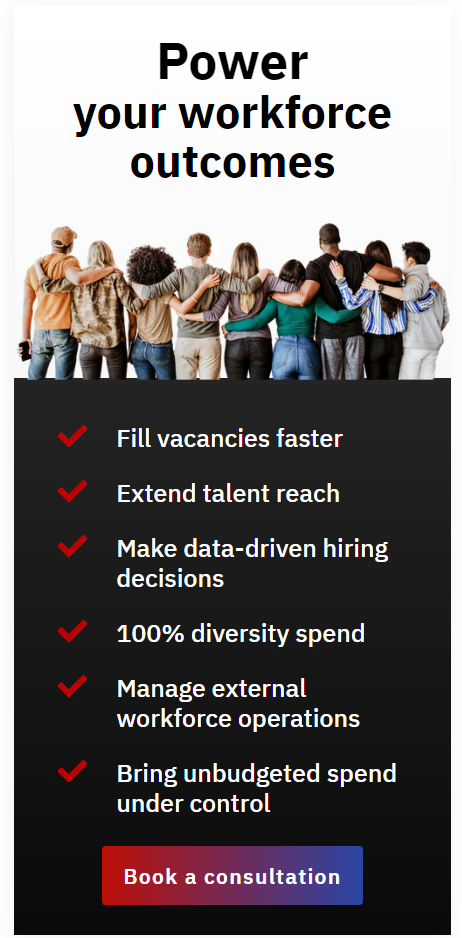COVID-19 will force changes to the Business Models of many organizations in the coming year.
A Business Model articulates how an organization turns its outputs into customer value in return for profits.
A decade ago, executives looked upon their Business Model as something designed at the outset of an enterprise and, once perfected, they were left to ‘exist.’ Leaders frowned the moment anyone suggested a change to their Business Model. It was a fragile precious thing you don’t mess with when it was working.
The digital age has led to rapid transformations in the structure of industries and the possibilities forged by new innovations to bring value to customers in different ways. It means Business Models are changing faster, sometimes every year.
Inevitably, when this happens the Organizational Design (i.e. How the enterprise structures its resources and troops) will change too. Large enterprises around the world are experiencing a Groundhog Day perpetual loop of continuous ‘Re-Orgs’ – a never-ending cycle of workforce restructuring programs, punctuated by lay-offs and periods of rampant talent acquisition.
These drivers for change face an equal and opposite inertness imposed by policy makers.
For all the right reasons, governments around the world are taking steps to safeguard jobs and protect the interests of workers. Worker Protection legislation makes it even more difficult for employers to adapt their workforce.
New inflexibilities in the molding of organizational designs are being added every day that remove choice for leaders when it comes to shedding and acquiring staff. Executive teams face more challenges to keep their organizations ‘in shape.’
How do you engineer your workforce to adapt to change as quickly as your organization design has to today in response to market changes?
Here are some tips from our Workforce Consulting team:
- Make sure you have the right blend of full-time and contract workers. Relying too much on a fulltime workforce builds inevitable inflexibility into the resourcing model. Freelance and contacted ‘gig’ workers bring in a higher level of skill, agility, and flexibility into resourcing models. Today, most organizations will target a 70: 30 split in favor of a temporary labor force.
- If possible, anticipate change early. Involve Human Resources early in the strategic planning process. That way, talent leaders can forecast requirements, at minimum, on a quarterly basis.
- Inform staffing suppliers about the expected changes in hiring so they can prepare accordingly. Given them the opportunity to start canvassing for appropriate talent with the right blend of skills and characteristics. Suppliers informed at the last moment, can be disappointed and in some cases, not be able to perform well. The supplier base needs to then plan to staff their teams accordingly
- Think about the change management strategy, don’t just fall into it at the last minute. Any change impacting on workers has to be prepared thoughtfully to make sure that all those impacted by the change are prepared for it.
- Re-visit talent acquisition methods and processes, especially in the case of “scaling up” as the team will need to be efficient in being able to build capacity in the system; speed up activities like resume screening, interview scheduling, on and off-boarding and so on.
- Winding down a project also presents its own challenges in terms of timings, budgets, communications planning, legal frameworks, capacity planning, supportive services for leavers, and processes. Many team members and Contingent Workers may start leaving by themselves, and many of the team members might be mission-critical. Keeping the team motivated at this time is a key factor of success.
Final Thoughts
Some businesses are doomed to fail in their resourcing transformations even before the ink has dried on the strategy document. That’s because they have hard-coded inflexibility into their enterprise systems and structures. Being an agile business means seeing change as a continuous process that needs to be managed like any other business-critical process. I say ‘business-critical’ because get any Re-Org badly wrong and it can kill your enterprise in a single swift blow.
Author and Contributors
Ian Tomlin is a management consultant for Workspend Inc., specializing in workforce management, digital transformation and organizational design. His business books about organizational agility (‘Agilization’), social cloud computing (‘Cloud Coffee House’), and the future of enterprise computing (‘Social Operating Systems’) can be found on Amazon and iBooks. Follow him on Twitter or LinkedIn.

